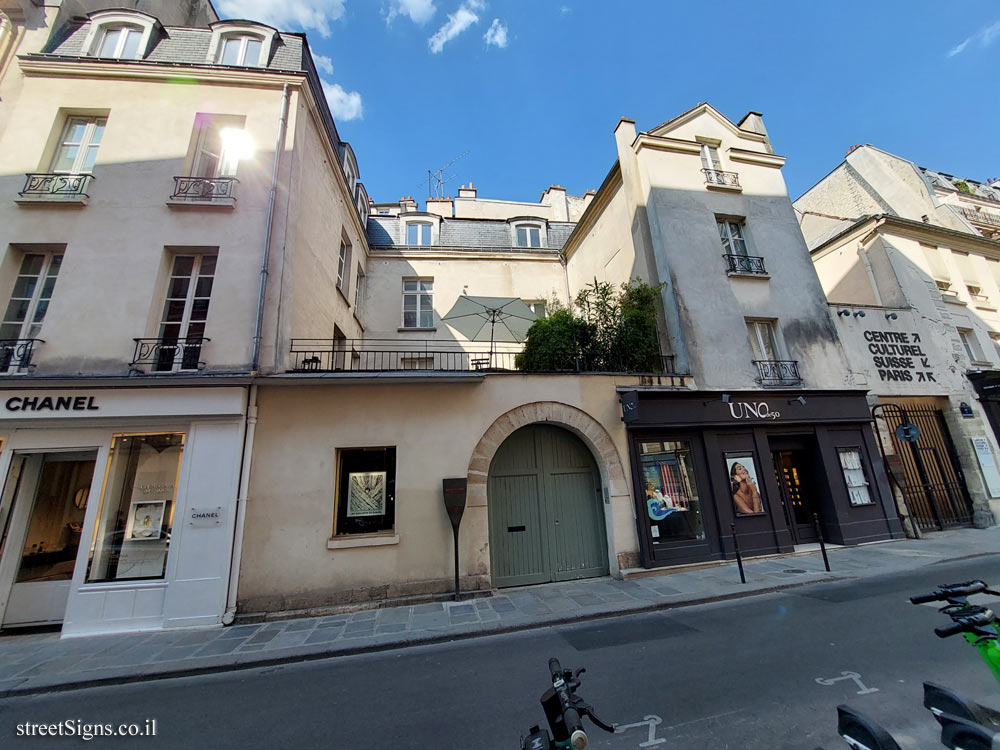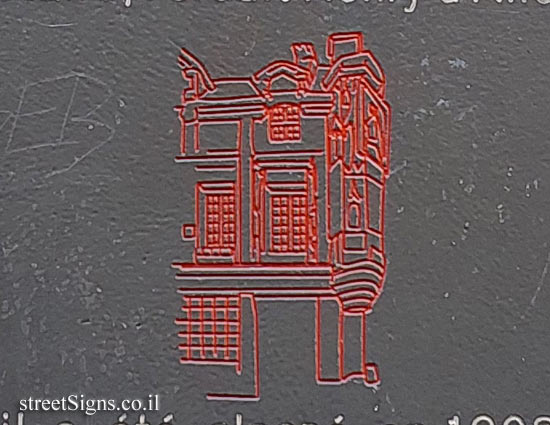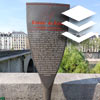
The ultimate street signs, historical sites and house numbers
 Click for a larger image
Click for a larger image  Click for a larger image
Click for a larger image  Click for all signs belonging to The History of Paris (Starck's Lollipops)
Click for all signs belonging to The History of Paris (Starck's Lollipops)
 72 Meter |
72 Meter |  117 Meter |
117 Meter |  126 Meter |
126 Meter |  172 Meter |
172 Meter |  184 Meter
184 Meter